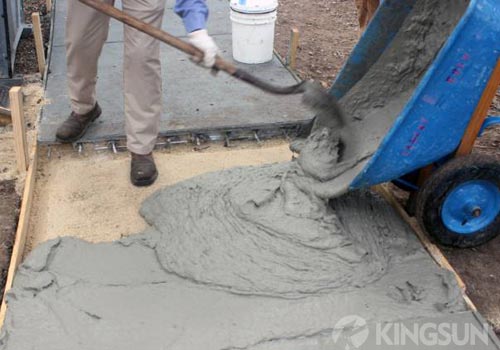Water reducer, also known as dispersant plasticizer, is a widely used admixture, mainly used in the mixing of concrete. Water reducing agents can improve the structure and process of concrete, increase workability and hardening performance, and can also save cement, save energy, increase strength, shorten the construction period, speed up turnover, etc.
As a traditional material with a large quantity and a long history, concrete is widely used in construction, civil engineering, water conservancy, and other projects. Because of the gradual development of the construction industry, new requirements are put forward for concrete performance, such as increasing the strength, durability, and fluidity of concrete, and reducing the loss of concrete slump during the turnover process. Ordinary concrete can no longer meet the requirements of the current construction technology. At present, the main method to improve the concrete technology is to add a water reducer. The water-reducing agent produced by the water-reducing agent manufacturer has the advantages of low investment, easy promotion, and increased economic benefits.

When mixing concrete, adding a water reducing agent can increase the performance of concrete, so that fresh concrete and hardened concrete can obtain excellent performance. Usually, the mixing amount should not exceed 5% of the cement weight. The water-reducing agent is an important method for producing high-performance concrete. When the concrete is mixed with the water-reducing agent, it will change the microstructure, porosity, adsorption, hardening speed, strength, and other properties. Some properties of cement minerals and cement itself will also be affected.
The main effect of water reducing agent on concrete:
- Keep the concrete water consumption constant, which can increase the fluidity of the mixture.
- Keep fluidity, the amount of cement unchanged, reduce water consumption, reduce the water-cement ratio, and increase the strength of concrete.
- Keep the strength and fluidity unchanged, and reduce the amount of cement used when reducing water, which can save cement.
